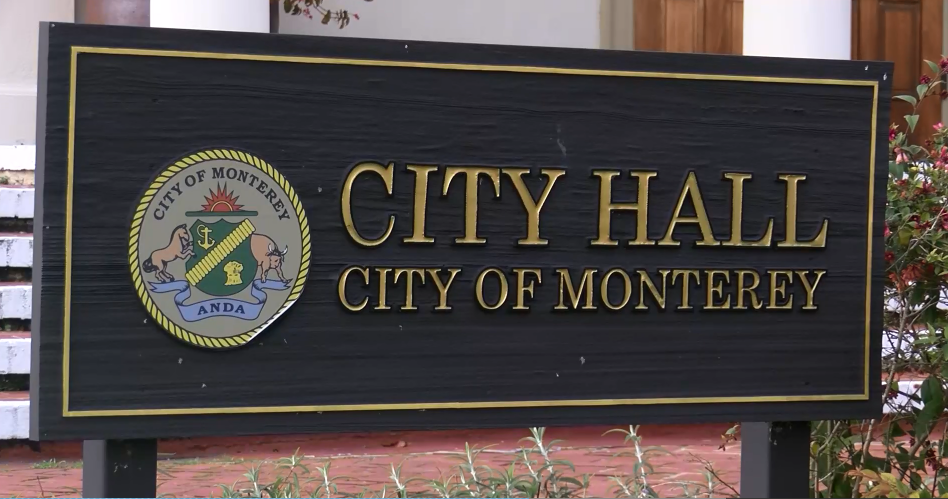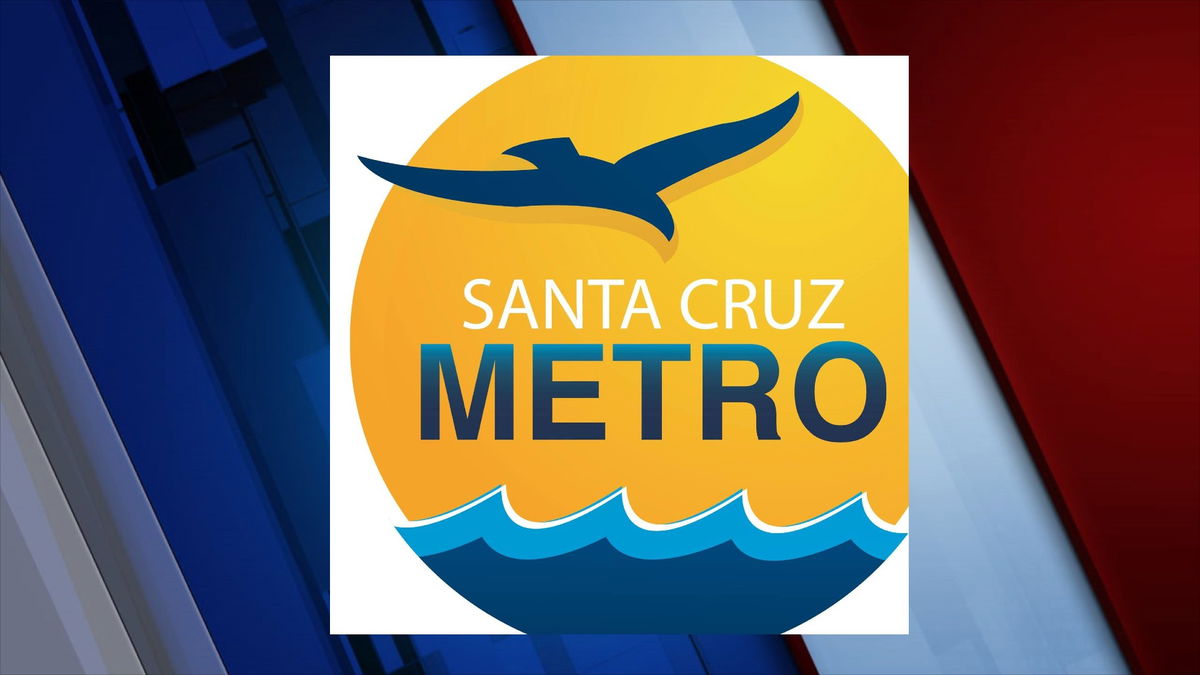Lawsuit challenges ownership of land where SMART built bike path along North Bay rails
KPIX
By John Ramos
It’s taken years, with lots of starts and stops, and the Sonoma Marin Area Rail Transit line in the North Bay is continuing its expansion northward.
But in 2008, when transit officials were looking to sell the idea of the SMART train, they promised a bicycle and pedestrian pathway running alongside the rails. They’re still working to fulfill that promise, but now it looks like SMART may not actually own the land they built it on.
“I enjoy this path, coming from Petaluma,” said David Ellis. “I don’t have to take side roads or anything like that. It’s more safe.”
At age 74, Ellis said he uses the bike and pedestrian trail as a way to exercise.
But along the trail, some landowners are also exercising their property rights. They’ve filed a lawsuit, contending that SMART doesn’t own the land, that it only has an easement for its tracks. And their attorney, Reed Ripley, said that doesn’t include a right to build a public recreational bike and pedestrian pathway.
“Here, SMART obviously had the position that we hold these rights, we can do this,” he said. “That was proven out to be incorrect, but that’s why they proceeded with this pathway. They thought they had these rights, or they didn’t care. I don’t know.”
Ripley is a Missouri-based attorney specializing in railway property rights cases. He said SMART had no authority to build the paths and that, last October, a judge’s ruling confirmed that. So, at its meeting on Wednesday, SMART’s General Manager Eddy Cumins recommended the board invoke eminent domain to forcibly buy the land, even though he insisted they already own it.
“This is a complicated situation because we are essentially asking the board for permission to apply eminent domain on our own property,” he said. “This is absolutely the last resort, but it is necessary to clear title, protect this important public asset, and avoid significant litigation costs from an out-of-state attorney who is trying to take advantage of SMART and the taxpayers of Sonoma and Marin Counties.”
But Ripley saw that as an acknowledgement that the transit agency doesn’t own the land.
“That clearly is an admission that there are rights taken,” he said.”You don’t bring an eminent domain suit unless you are saying, ‘we are taking rights.’ That, in conjunction with the October ruling, all those issues are settled as far as, is compensation owed here? The only issue remaining is how much compensation.”
How much SMART should pay is the big sticking point, and they have an interesting argument. They claim that they shouldn’t have to pay much for the land because the presence of their own railway line makes the land “nominal” in value.
“The property was deemed unusable for any other purpose due to it being located in an active rail corridor,” Cumins told the board members. “As a result, SMART offered the adjacent property owners $1,000 for an easement.”
“That’s just not even close to what is owed here,” said Ripley. “I mean, just looking at the land values of Sonoma and Marin counties, obviously that’s ridiculous.”
Ripley said he wasn’t putting a number on his lawsuit, but said the diminished property values could conceivably run into the tens of millions of dollars, money SMART doesn’t have. Out on the trail, riders said, whatever happens, they hoped it didn’t affect the progress of the pathway.
“I say it should be public domain,” said David Jones from Petaluma. “It helps the whole community, everybody uses it, rather than a couple individuals trying to make money off of it.”
“I understand there’s some gray area there, but they’ve constructed much of the pathway and we’re excited to see the rest of it constructed,” said Nathan Spindel, a board member of the Sonoma County Bicycle Coalition.
“I just hope they keep the path open and hopefully I don’t have to pay use the path,” said Ellis, with a shrug. “I will anyway, more than likely, you know, toll crossings.”
In all, SMART has already completed 39 miles of pathway and has secured funding for another 10 miles in spots between Novato and Healdsburg. After Wednesday’s discussion, the board voted unanimously to approve eminent domain on 8.6 miles of recently completed pathway, involving 47 separate properties.
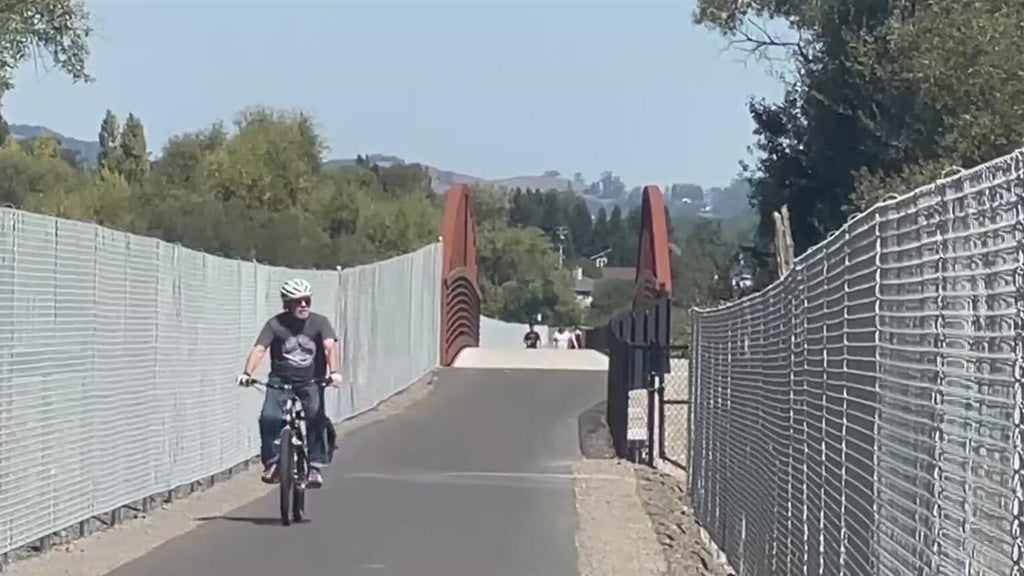
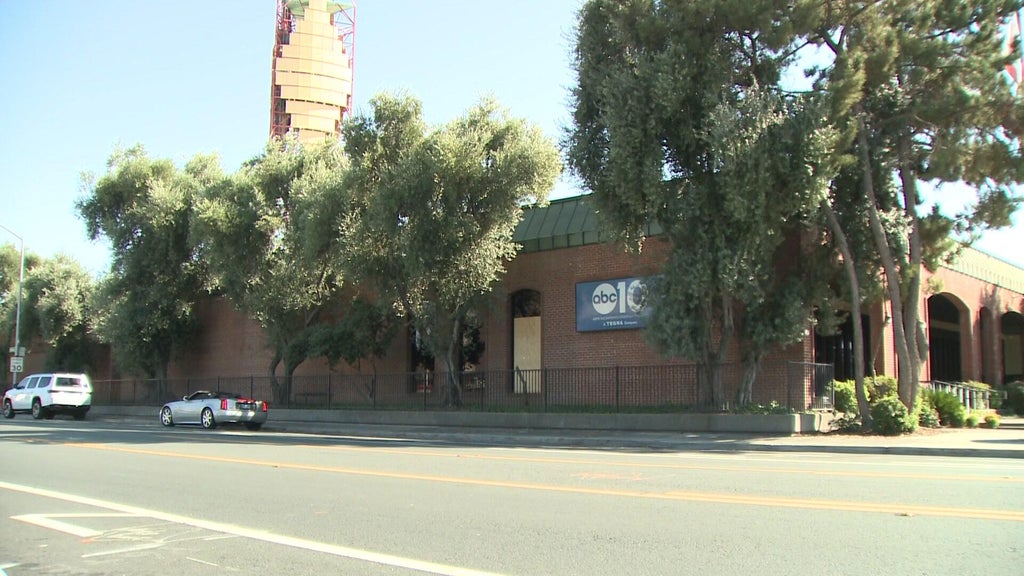
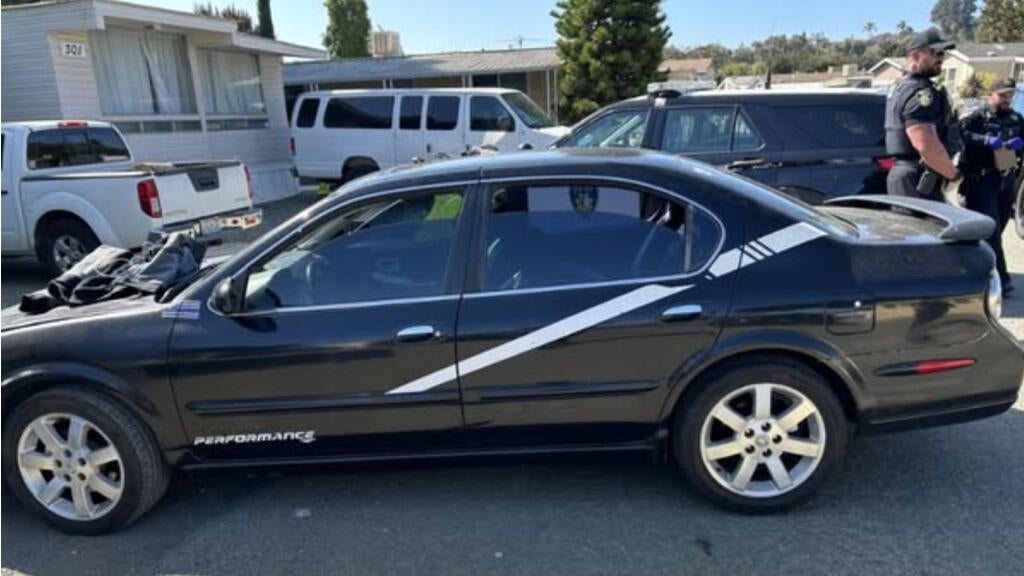
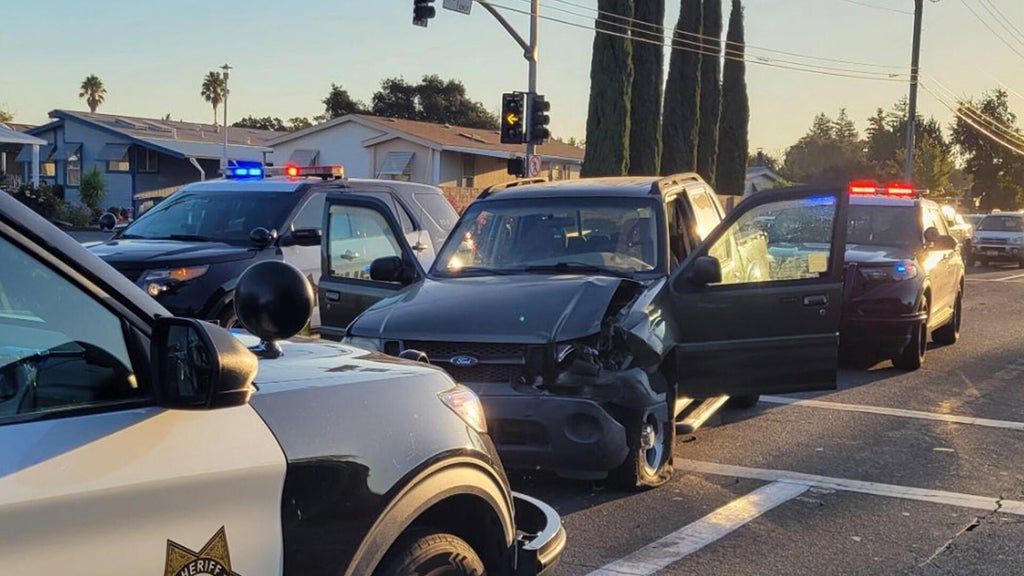
 Scene at the end of the chase.
Scene at the end of the chase.
 Nick Bosa #97 of the San Francisco 49ers walks to the locker room during the second quarter against the Arizona Cardinals at Levi’s Stadium on September 21, 2025 in Santa Clara, California.
Nick Bosa #97 of the San Francisco 49ers walks to the locker room during the second quarter against the Arizona Cardinals at Levi’s Stadium on September 21, 2025 in Santa Clara, California.
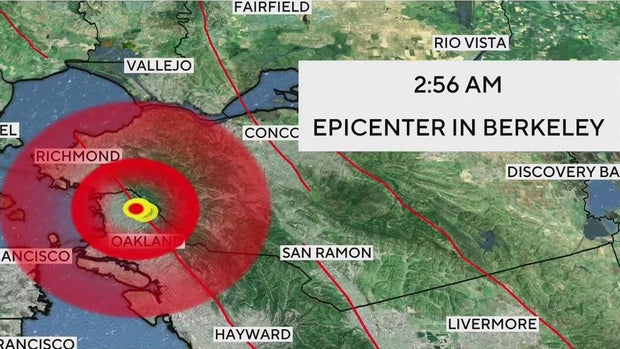 Map of earthquake that struck the Berkeley area on the morning of Sep. 22, 2025.
Map of earthquake that struck the Berkeley area on the morning of Sep. 22, 2025.
